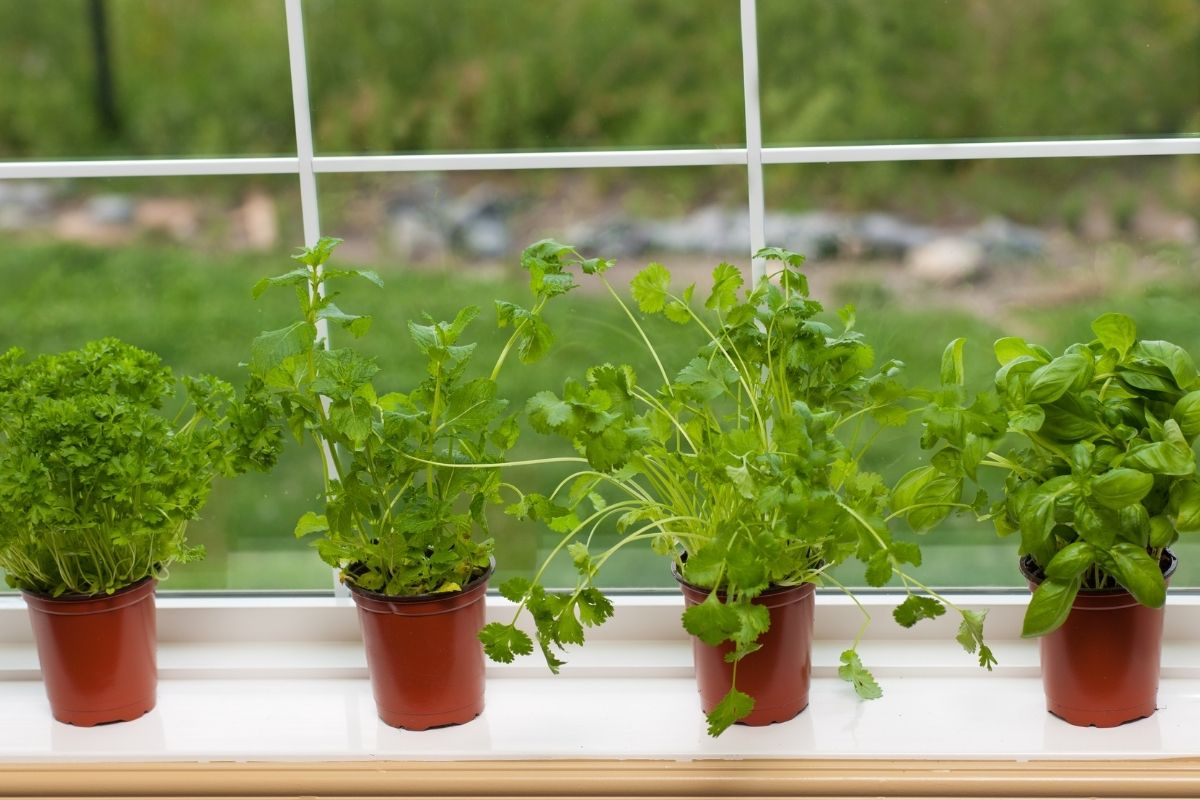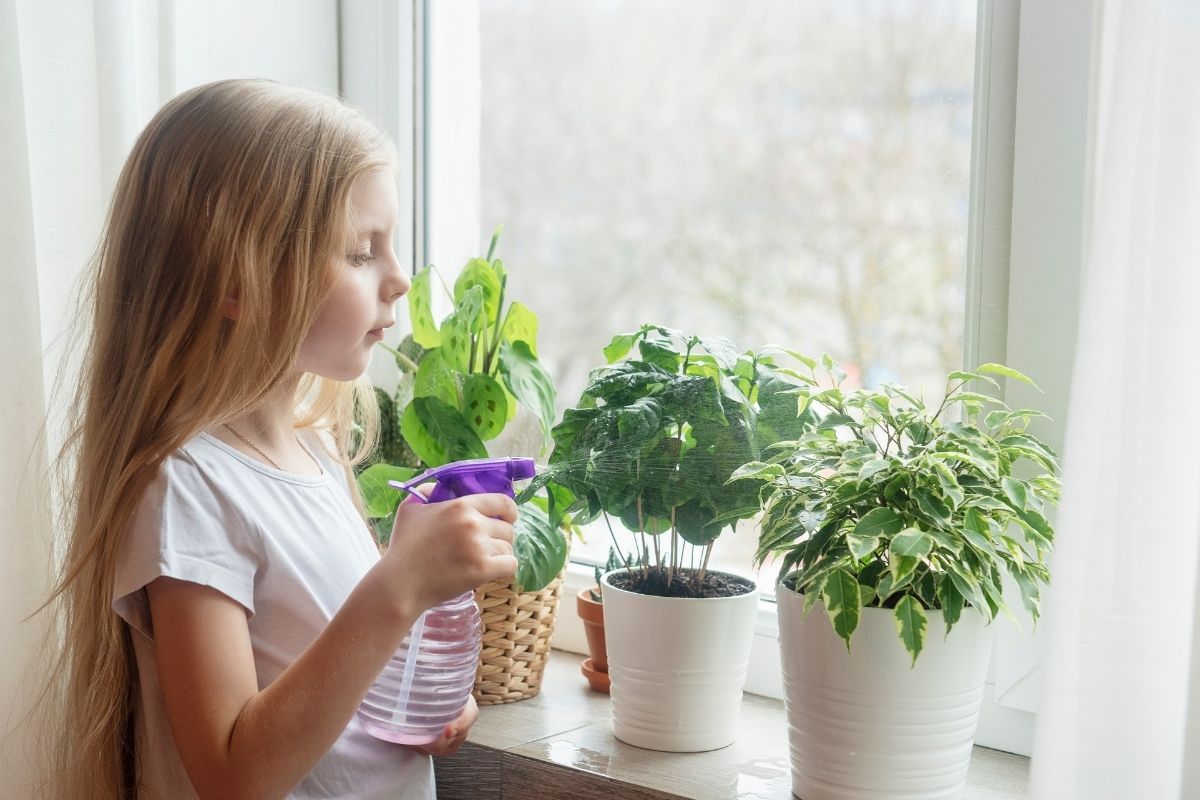ZZ plants are becoming much more popular in our homes these days, but when it comes to owning any kind of houseplant, you will need to know how often you should water them.

Indeed, as these plants are out of their natural habitat, it can be a little confusing sometimes.
If you’re hoping to own a ZZ plant, you should be aware that you should water it every two to three weeks and ensure that the soil has dried before you water it again.
Of course though, there’s a lot more to know than just this.
Luckily, we’ve written this handy guide with everything you need to know. We’ll look at how you can look after your ZZ plant, including watering and light.
Ready to learn more? Then read on and discover all the answers.
What Is A ZZ Plant?
Before we move on, it’s a good idea that we examine exactly what a ZZ plant is. ZZ plants, derived from their longer latin name Zamioculcas zamiifolia is an incredibly old plant which originated in South and East Africa.
In the late 1990s though, Dutch nurseries which were located in South Africa noticed the growth of these plants and believed they had a lot of potential for propagation.
As a result, they became incredibly successful in people’s homes and eventually made it to Europe.
Since then, ZZ plants have been one of the most well known and popular houseplants around residences and office buildings.
Toxicity
Like many other houseplants, ZZ plants are toxic due to their sap and as a result of this, it’s imperative that you keep pets and children away from it.
If the plant is ingested, it can cause serious irritation and a burning sensation. In severe cases, it can be fatal.
When handling a ZZ plant, you should always wear gloves and wash your hands thoroughly afterwards.
There were false rumors around the early 2010s that claimed ZZ plants caused cancer, but of course we now know this to be untrue.
How Often To Water A ZZ Plant

As the plant’s natural habitat is in Africa, the plant has evolved to live in hot and humid conditions with very little water.
As a result, the ZZ plant does not need a lot of water to survive, and will actually not fare well if you water it too much.
ZZ plants should be watered every two to three weeks, but only if the soil is completely dry.
If the soil is still damp, there is no need to water it – but you should pay attention to this because you may need to make some changes (like the pot for instance).
Generally speaking, you might need to water the ZZ plant more frequently if it is exposed to a lot more light (such as the summer months).
You will know if the ZZ plant is desperate for water if you notice things like:
- Wilting
- Dry potting mix
- Wrinkled leaves
You will also be able to tell if you have overwatered the plant if you notice things like:
- Wet potting mix
- Yellow leaves
- Mushy soil
- Indications of root rot
Sunlight Requirements
ZZ plants are very resilient and they can handle low amounts of light – but it operates at its best when medium to bright indirect light is abundant. The word indirect is very important here.
ZZ plants can struggle if they are exposed to direct, bright, burning light for too long.
Around six hours a day of indirect light is perfect for a ZZ plant – but you should keep an eye on it. If the ZZ plant is exposed to direct sunlight, try to move it out of the sun for a while.
Many people will make use of curtains over south-facing windows in order to get the perfect amount of indirect sunlight.
Humidity Requirements
Despite the fact that the ZZ plant comes from very humid conditions, it bizarrely does not really need these conditions to be recreated in your home. It can handle the average home’s humidity levels and dry-ish air.
If however, you would like to help the ZZ plant and improve its conditions at home, you should look at getting about a 40% to 50% humidity level.
You can do this by either using a humidifier, a pebble tray or place other plants around it.
A ZZ plant enjoys temperatures of 65°F-85°F, much like other houseplants. You shouldn’t let it drop below 60 degrees.
Frequently Asked Questions
We’ll now go through some of your most frequently asked questions. We hope we answer them all for you.
How Large Do ZZ Plants Get?
When ZZ plants are grown indoors, they can grow up to around three feet in height but it tends to take about five years for it to get this large.
ZZ plants are slow growers and usually gain an extra six inches each season.
Are ZZ Plants Easy To Look After?
ZZ plants are very low maintenance when it comes to houseplants.
Of course, you will need to ensure you are paying attention to it in terms of water, humidity, light and food – but there’s no need to worry too much about it, unlike some other plants.
Fertilizer only needs to be given to the plant every six months, and if you notice (although rare) any signs of pests, you can use a natural pesticide like neem oil.
Are ZZ Plants Okay With Pets Around?
ZZ plants are toxic, so you should try to find ways to keep your pets and plants separate. If your pet has ingested any of the ZZ plants, it’s a good idea to call a veterinarian as soon as possible.
Final Thoughts
ZZ plants need to be watered every two to three weeks and they’re easy to care for. Hopefully, we’ve helped you to understand your plant’s care guide a little better!
- Best Hanging Plant For Low Light - September 4, 2023
- Best Indoor Plants Florida - August 28, 2023
- Best Plants For Bathroom Smells - August 21, 2023








